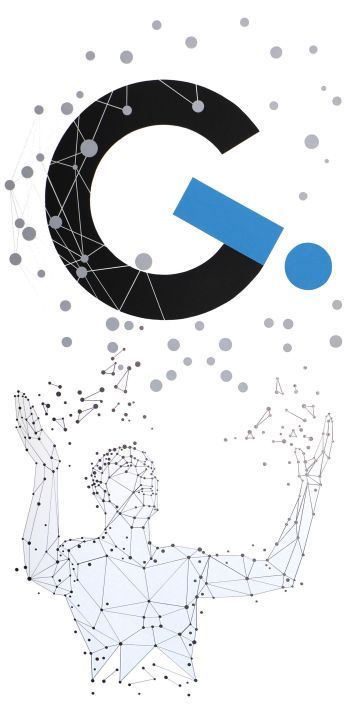Child therapy

What is Cuevas Medek Exercise (CME Therapy)?
Cuevas Medek Exercise (CME Therapy) was developed by Ramon Cuevas in the 1970s, and “Medek” stands for a dynamic method of motor stimulation. It is a treatment approach that uses exercises that provoke the automatic postural responses from motor delayed children. The theory behind the approach is that the more distal support is applied by a therapist over the child’s body segments, the stronger the functional antigravity reactions that are provoked. Therefore, the further from the center of the child’s body that therapists give support, the more the child’s brain and body must work and respond against gravity to provoke the responses for motor output, such as walking, standing, and sitting.
What are the Benefits of CME?
Helping children develop balance and independence. Cuevas Medek Exercises are unlike any other current treatment protocol for children to acquire developmental mobility and intependence. The intensive model helps teach a child, by developing body awareness, postural control and motor planning, how to create movement patterns and control their own body so they can quickly build the skills needed to achieve targeted motor milestones. These skills are learned without external equpment or support, so a child can learn independence with these motor abilities.
If CME is appropriate for a child, results such as gaining skills for positional stability independence, sitting and standing alone, and mobility and transitions, getting in and out sitting, rolling, crawling, and walking can often be achieved when other therapy methods have not worked. A child should alwaysbe assessed to determine if CME is appropriate for them and results and outcomes will vary per child.
Make an appointment or find out more - Call us!
